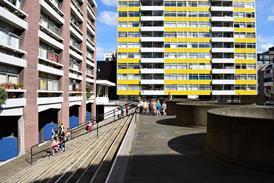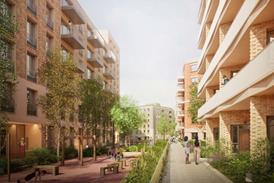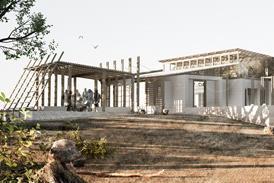- Home
- Intelligence for Architects
- Subscribe
- Jobs
- Events

2025 events calendar Explore now 
Keep up to date
Find out more
- Programmes
- CPD
- More from navigation items
Chris Williamson: ‘Architects are burying their heads in the sand on AI’

RIBA’s president on the threat AI poses to the architecture profession, his plans for increasing architects’ pay and his award-winning stage play
“In my mind, Richard Rogers is more like Leonardo and Norman is more like Michelangelo,” says Chris Williamson. He is talking about his award-winning stage play, Legacy, which is about the rivalry between the two renaissance masters, but also, he says, about rivalry in general, particularly when it concerns great artists – including Rogers and Foster.
Williamson started writing the two-hour historical drama during the covid lockdown, and last year sent it to the Script Awards in Los Angeles, where it won Best Stage Play. In February, it was also named Best Feature Script at the Cannes Arts Film Festival.
…
This content is available to registered users | Already registered?Login here
You are not currently logged in.
To continue reading this story, sign up for free guest access
Existing Subscriber? LOGIN
REGISTER for free access on selected stories and sign up for email alerts. You get:
- Up to the minute architecture news from around the UK
- Breaking, daily and weekly e-newsletters
Subscribe to Building Design and you will benefit from:

- Unlimited news
- Reviews of the latest buildings from all corners of the world
- Technical studies
- Full access to all our online archives
- PLUS you will receive a digital copy of WA100 worth over £45
Subscribe now for unlimited access.






